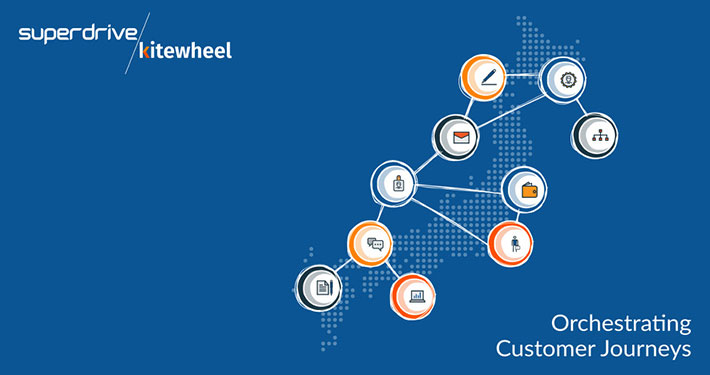With the economy showing signs of contraction, businesses will soon be seeking efficiencies or looking to reduce or reallocate their budgets. This means that marketing departments have to transform themselves from having a lead-generation mentality (if they have got this far), to having a lead-through-revenue-management mentality.
Many people who have identified this new transformation process will consider implementing some kind of Marketing Automation technology. Technology is a fundamental enabler for optimising customer experiences and engagement in today’s digitally disrupted world. But such technology will inevitably fail without the right amount of investment in people, process and strategy.
9 out of 10 organisations don’t currently have the change management strategy or business processes in place to make their marketing automation and customer experience management ambitions a reality.
The 80:20 Rule: The formula for customer marketing success should consist of 20 percent technology, with the remaining 80 percent spent on strategy, change management, processes and people. Strategy includes setting KPIs, customer segmentation, program roadmaps, customer monitoring, lead scoring and using personas. Meanwhile change management includes training, audits and reviews, governance, succession planning, an operating model and strong processes.
Everybody needs a plan: Many who have embarked upon this transformation have failed because of the lack of a robust roadmap. Such a roadmap is critical because it will lay out the steps and change management a business needs to plan for. For an organisation to realise the true benefits of marketing automation it will take an average of two to three years. In the absence of a roadmap, any technology the business acquires is at risk of becoming nothing more than an expensive email delivery tool.
The Key Ingredients:
- Vision must not be about implementing a marketing automation tool but rather, delivering Business and Marketing Transformation.
- Sales and Marketing must align, and discover together their objectives, needs and wants.
- Establish achievable and realistic KPI`s across two to three years.
- When considering a tool, you need to consider your technology landscape. If it can be avoided, resist building your own integration tool or using middleware.
- Have regular checkpoints to ensure that you have not digressed from your path.
- Consider the governance and operating model. Regardless of what the vendor tells you, there will be a big change process for your sales and marketing teams.
- Establish and refine your segmentation and content strategies.
- Ask yourself if you have the stamina and budget to see this transformation through for the next two to three years.
- Finally, adopt Superdrive’s Five Horizons maturity model.
What will success deliver?: Now that we’ve covered the recipe to success, what does success deliver?
- Aligned Marketing and Sales departments, with increased communication and transparency. The inherent nature of a consolidated platform, tightly integrated with your CRM , provides measurable indicators of the quality and quantity of leads being funneled. In essence, you are creating an automatic feedback loop.
- Better insight into “what works” and “what doesn’t”.
- Clarity around Marketing’s contribution to the bottom line.
- Reduced operating costs by improving efficiency.
- Helping sell more of what you have offer!
Written by Calvin Yeoh, Regional Business Director, Superdrive.
Cinemagraph by Miho Usuki, Content Producer, Superdrive.
Superdrive is a Marketo Certified Partner with offices in Singapore and Tokyo.



